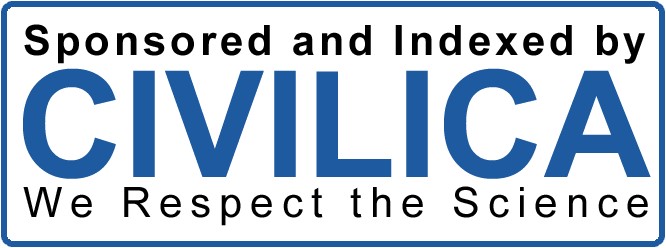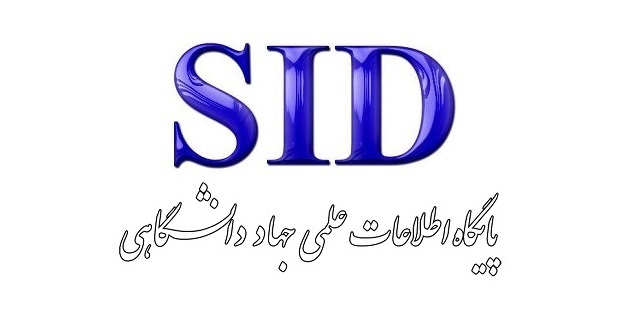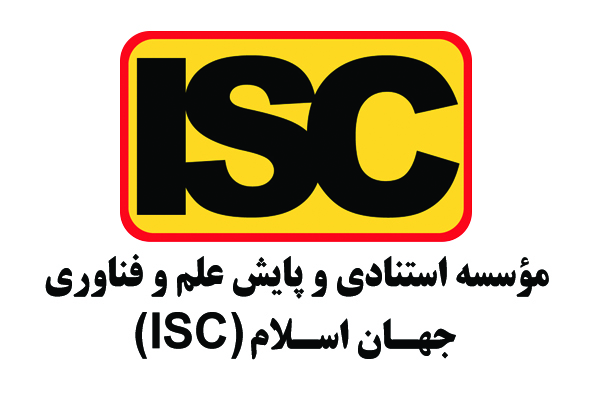طراحي و ارائه مدل مفهومي انتقال تکنولوژی جهت تأمين محصولات فناورانه در بومی سازی و ساخت داخل تجهیزات صنعت نفت و گاز
کلمات کلیدی:
انتقال تکنولوژی , محصولات فناورانه , تجهیزات صنعت نفت و گازچکیده
انتقال تکنولوژی در صنعت نفت و گاز نقش حیاتی در ارتقای توانمندیهای داخلی و کاهش وابستگی به واردات دارد. این مقاله به طراحی و ارائه یک مدل مفهومی برای انتقال تکنولوژی به منظور تأمین محصولات فناورانه و بومیسازی تجهیزات این صنعت میپردازد. اسناد حاصل از جستوجوهای انجام شده به منظور شناسایی مهمترین چالشهای انتقال فناوری مورد بهرهبرداری قرارگرفتند. در گام بعدی، به منظور اعتبار سنجی چالشهای حیاتی شناسایی شده، با ده نفر خبره مصاحبه شد و قضاوتهای کیفی ایشان در مورد چالشهای شناسایی شده جمعآوری شد. از میان این ده نفر خبره، هفت خبره از صنعت و سه خبره از میان اساتید دانشگاهی مدیریت فناوری بودندهمچنین در مرحله مصاحبه خبرگانی، علاوه بر اعتبارسنجی چالشهای شناسایی شده بر اساس ادبیات موضوع، تعدادی چالش جدید که صنایع نفت و گاز کشور در خصوص انتقال فناوری و خریدهای اول محصولات فناورانه با آنها مواجه هستند؛ شناسایی شد. در مرحله بعدی با طراحی پرسشنامههای مخصوص مقایسه زوجی و روش تصمیمگیری چندمعیاره تحلیل سلسله مراتبی (AHP) وزنهای هر یک از چالشهای شناسایی شده بر اساس ادبیات موضوع و مصاحبههای خبرگانی محاسبه گردید. نتایج پژوهش نشان میدهد که استفاده از این مدل میتواند به بهبود فرآیند بومیسازی و ارتقای توانمندیهای صنعتی کشور در حوزه نفت و گاز کمک شایانی کند. همچنین، پیشنهادهایی برای تسهیل و تسریع فرآیند انتقال تکنولوژی و افزایش اثربخشی آن ارائه شده است.
دانلودها
مراجع
Alalawneh, A. A., & Alkhatib, S. F. (2021). The barriers to big data adoption in developing economies. The Electronic Journal
of Information Systems in Developing Countries, 87(1), e12151.
Aziz, N. M., Salleh, H., & Mustafa, N. K. F. (2012). People critical success factors (CSFs) in information
technology/information system (IT/IS) implementation. Journal of Design+ Built, 5(1).
Cetindamar, D. (2001). The role of regulations in the diffusion of environment technologies: micro and macro issues. European
Journal of Innovation Management.
Corsi, A., Pagani, R. N., & Kovaleski, J. L. (2020). Technology transfer for sustainable development: Social impacts depicted
and some other answers to a few questions. Journal of Cleaner Production, 245, 118522.
https://doi.org/10.1016/j.jclepro.2019.118522
Gilsing, V., Bekkers, R., Freitas, I. M. B., & Van der Steen, M. (2011). Differences in technology transfer between sciencebased and development-based industries: Transfer mechanisms and barriers. Technovation, 31(12), 638-647.
Hatami, A., & Karimian, E. (2014). Foreign Investment Law in the Light of Investment Laws and Contracts. Tisa Publishing.
https://esklawfirm.com/fa/wp-content/uploads/2020/12/qanun-sarmayegozari.pdf
Hirt, C. (2012). Technology transfer in Asia: challenges from a cross‐cultural perspective. Journal of Technology Management
in China.
Homburg, A. (2011). Sustainable Consumption–Towards Action and Impact. Ein Tagungsbericht. International Scientific
Conference,
Islam, M. Z., & Rahman, S. (2020). Organizational Factors and the Success of Technology Transfer. In Economics, Business,
and Islamic Finance in ASEAN Economics Community (pp. 1-15). IGI Global. https://doi.org/10.4018/978-1-7998-2257-
ch001
Kirkland, J. (1996). Barriers to international technology transfer (Vol. 11). Springer Science & Business Media.
Kuhl, L. (2020). Technology transfer and adoption for smallholder climate change adaptation: opportunities and challenges.
Climate and Development, 12(4), 353-368.
Lichtenthaler, U., Hoegl, M., & Muethel, M. (2011). Is your company ready for open innovation. MIT Sloan Management
Review, 53(1), 45-48.
Link, A. N., & Oliver, Z. T. (2020). Technology transfer and US public sector innovation. Edward Elgar Publishing.
Liu, S., Fang, Z., Shi, H., & Guo, B. (2016). Theory of science and technology transfer and applications. CRC Press.
Nabeeh, N. A. (2020). A hybrid neutrosophic approach of DEMATEL with AR-DEA in technology selection. Neutrosophic
Sets and Systems, 31, 17-30.
Negro, S., Hekkert, M., & Alkemade, F. (2010). Seven typical system failures that hamper the diffusion of sustainable energy
technologies. Summer Conference,
Nicodemus, T., Mowaiye, B., & Fasola, I. (2020). When Technology Transfer Enables Sales Growth. Global Journal of
Management And Business Research.
Pouran Manjily, H., & Taleghani, M. (2015). Technology transfer strategy in the upstream oil industry (oil fields development)
of the Islamic Republic of Iran has provided the effectiveness of technology transfer model. International Journal of
Operations Research, 5(4), 87-101. http://ijorlu.liau.ac.ir/browse.php?a_id=483&sid=1&slc_lang=fa
Proto, A., Tani, S., Bühnemann, J., Gaus, O., & Raith, M. (2012). Knowledge networks and their impact on new and small
firms in local economies: The case studies of the autonomous province of Trento and Magdeburg.
Scarrà, D., & Piccaluga, A. (2020). The impact of technology transfer and knowledge spillover from Big Science: a literature
review. Technovation, 102165.
Shujing, Q. (2012). The analysis on barriers of low carbon technology transfer. Energy Procedia, 14, 1398-1403.
https://doi.org/10.1016/j.egypro.2011.12.1108
Talaei, A., Ahadi, M. S., & Maghsoudy, S. (2014). Climate friendly technology transfer in the energy sector: A case study of
Iran. Energy Policy, 64, 349-363.
Verbano, C., & Venturini, K. (2012). Technology transfer in the Italian space industry: organizational issues and determinants.
Management Research Review.
West, D. M. (2012). Improving university technology transfer and commercialization. Issues in Technology Innovation, 20, 1-
Yi, S.-H. (2012). A study on technological management strategy in SMEs. Journal of Management and Strategy, 3(4), 24.
دانلود
چاپ شده
شماره
نوع مقاله
مجوز
حق نشر -1 تکنولوژی در کارآفرینی و مدیریت استراتژیک

این پروژه تحت مجوز بین المللی Creative Commons Attribution-NonCommercial 4.0 می باشد.











